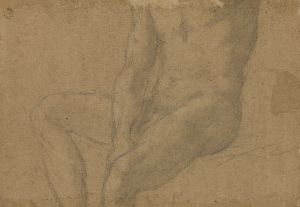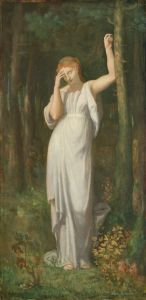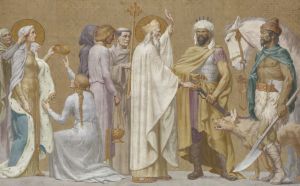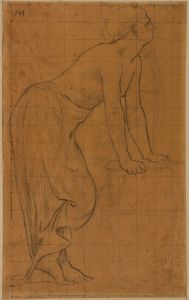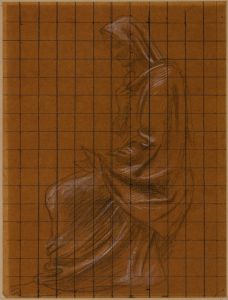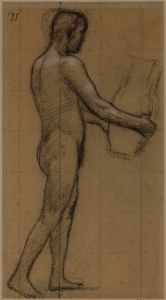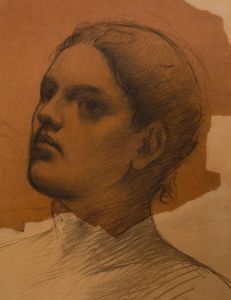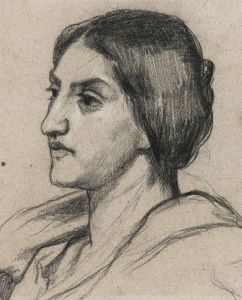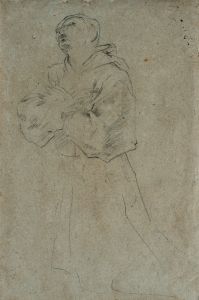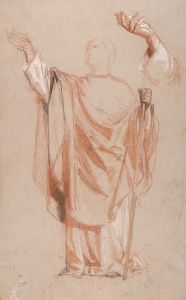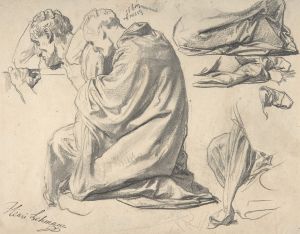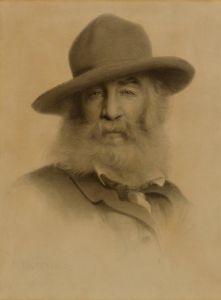
Femme nue agenouillée
A hand-painted replica of Pierre Puvis de Chavannes’s masterpiece Femme nue agenouillée, meticulously crafted by professional artists to capture the true essence of the original. Each piece is created with museum-quality canvas and rare mineral pigments, carefully painted by experienced artists with delicate brushstrokes and rich, layered colors to perfectly recreate the texture of the original artwork. Unlike machine-printed reproductions, this hand-painted version brings the painting to life, infused with the artist’s emotions and skill in every stroke. Whether for personal collection or home decoration, it instantly elevates the artistic atmosphere of any space.
Pierre Puvis de Chavannes, a prominent 19th-century French painter, is widely recognized for his contributions to the Symbolist movement and his distinctive style that often emphasized simplicity, harmony, and a sense of timelessness. One of his works, Femme nue agenouillée (translated as Kneeling Nude Woman), is a lesser-known piece that reflects his mastery of the human figure and his ability to convey emotion through minimalistic yet evocative compositions.
The painting depicts a nude woman kneeling, her posture and form rendered with a delicate balance of realism and idealism. True to Puvis de Chavannes' style, the figure is not overly detailed but instead emphasizes the purity of line and the overall composition. The subdued palette and soft contours are characteristic of his approach, which often sought to evoke a sense of calm and introspection. The work is believed to be a study or preparatory piece, as Puvis frequently created sketches and smaller works to refine his ideas for larger murals or paintings.
Puvis de Chavannes was known for his large-scale murals, many of which adorn public buildings in France, such as the Panthéon in Paris. While Femme nue agenouillée does not belong to one of these monumental projects, it showcases his ability to distill the essence of the human form into a serene and contemplative image. The kneeling pose, combined with the lack of extraneous detail, draws the viewer's attention to the figure's posture and the subtle interplay of light and shadow on her body.
The exact date of creation for Femme nue agenouillée is not definitively documented, but it likely falls within the period of Puvis de Chavannes' mature career, when he was actively exploring themes of allegory and the human condition. The painting is often appreciated for its quiet elegance and its reflection of the artist's broader aesthetic principles.
As with many of Puvis de Chavannes' works, Femme nue agenouillée has been studied for its influence on later artists, particularly those associated with the Symbolist and early Modernist movements. His emphasis on mood, simplicity, and the emotional resonance of form resonated with artists such as Paul Gauguin and the Nabis group.
Currently, detailed information about the painting's provenance, current location, and exhibition history is limited. However, it remains an example of Puvis de Chavannes' skill in capturing the human figure with a sense of timeless grace and introspection.





